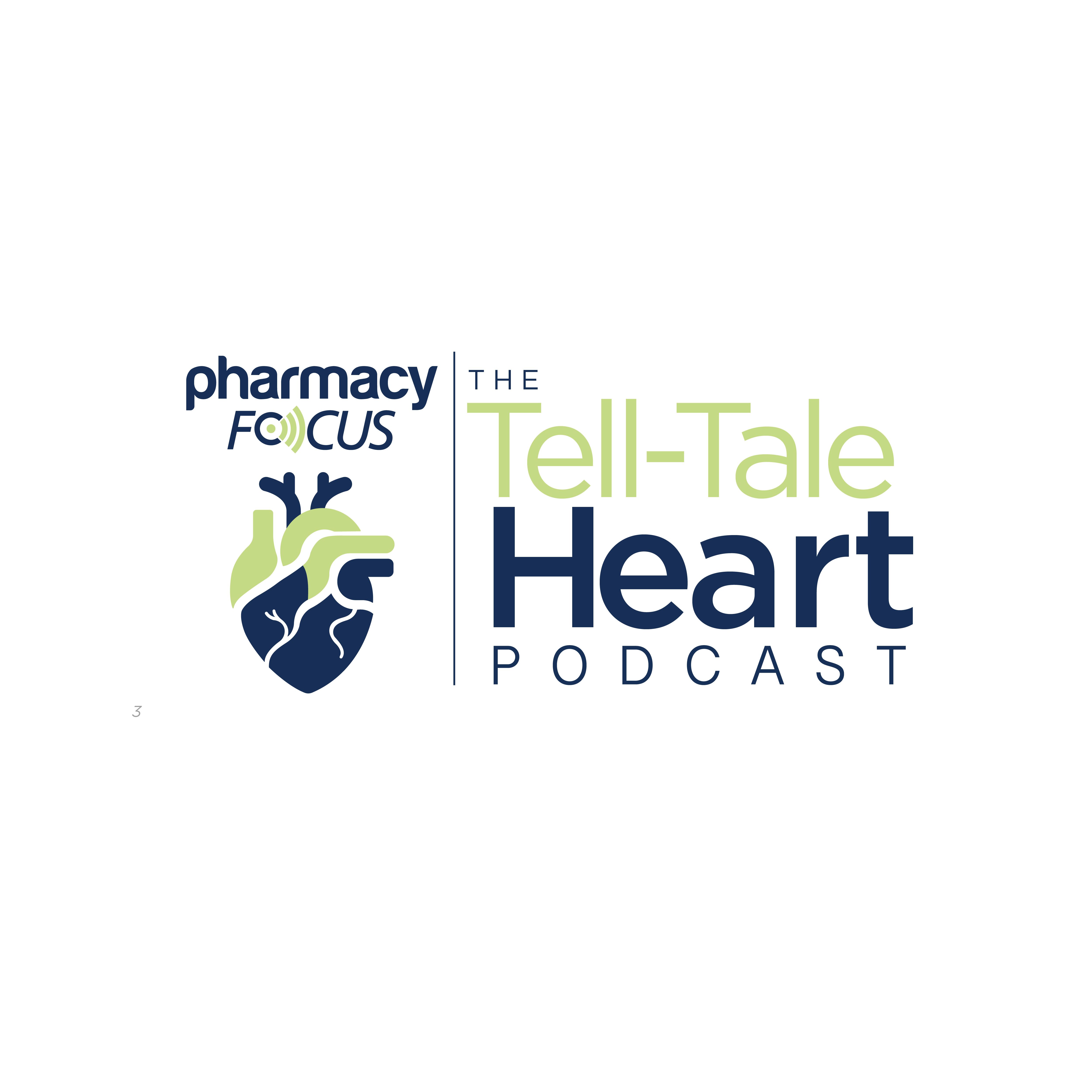News
Video
FINEARTS-HF Analysis: How Liver Biomarkers Influence Heart Failure Risk
Jawad Butt, MD, offers insight into his analysis of the FINEARTS-HF trial.
In an interview with Pharmacy Times, Jawad Butt, MD, shares a secondary post hoc analysis of the FINEARTS-HF trial (NCT04435626), exploring the prognostic significance of liver biomarkers in patients with heart failure with mildly reduced or preserved ejection fraction (HFpEF). His research, presented at the ACC 2025 Scientific Sessions, examined the impact of bilirubin, ALP, and transaminase levels on patient outcomes, as well as the effects of finerenone (Kerendia; Bayer), on these biomarkers. In this interview, Butt discusses the key findings, their clinical implications, and the challenges of diagnosing heart failure in this patient population.
Pharmacy Times: Can you provide a brief overview of the key findings from the FINEARTS-HF trial, particularly how finerenone and bilirubin interplay in the context of HFpEF?
Jawad Butt, MD, PhD: The analysis that I undertook was a secondary post hoc analysis of the FINEARTS HF trial, and it was basically a pretty comprehensive analysis because we wanted to address 3 key questions.
The first key question that we wanted to address was to assess what the prognostic effect of liver biomarkers at baseline was in patients with [HFpEF]. We looked at this question and found that bilirubin levels were elevated in approximately 13% of patients with HF with mildly reduced or preserved ejection fraction. As for ALP, another marker of liver function, that was elevated in 12%, and transaminase levels were elevated in approximately 8-9%. We found that an elevated bilirubin level at baseline was associated with a significantly higher risk of the primary outcome, which was a composite of HF worsening, HF events, and cardiovascular death. We saw a similar association for ALP, but not for transaminase levels.
The second key question that we wanted to answer was what the effect of finerenone compared to placebo was according to bilirubin measurements at baseline. We found a consistent effect of finerenone, meaning that finerenone significantly reduced the risk of the primary end point and total worsening HF events, regardless of bilirubin levels at baseline. This was also true for ALP and transaminase levels.
The third and last key question that we wanted to answer was what the effect of finerenone compared with placebo was on liver biomarker levels during follow-up. We found that finerenone significantly reduced the levels of bilirubin and ALP during follow-up compared to placebo. However, finerenone did not have a significant impact on transaminase levels.
Pharmacy Times: How does finerenone affect the progression of HFpEF, and how does this compare to other therapies in the same class?
Jawad Butt, MD, PhD: The FINEARTS trial was a large, randomized clinical trial that enrolled 6,001 patients with HFpEF. Patients were randomized to either finerenone or placebo. Finerenone was shown to significantly reduce the risk of the primary outcome—that is, total worsening HF events and cardiovascular death. It also reduced one of the components, total worsening HF events, but it did not reduce cardiovascular death.
So, to answer your question—yes, it does prevent the progression of HF because it prevents HF hospitalization. And if you can prevent HF hospitalization, then you basically can prevent worsening of the condition itself.
Pharmacy Times: What are some of the unique challenges when managing HFpEF, and how do these results help address those challenges?
Jawad Butt, MD, PhD: The issue with these patients is basically how to diagnose them. We do have different tools, both from the European Society of Cardiology and the American guidelines. We have a set of criteria to identify these patients, but the issue is that there is a huge overlap with other conditions, such as chronic obstructive pulmonary disease or morbid obesity. I think that is actually one of the main challenges. These findings, per se, do not address this issue. It’s a bit easier with HF with reduced ejection fraction, but with mildly reduced or preserved ejection fraction, it’s completely different. In clinical daily practice, it is really hard to diagnose these patients.
Pharmacy Times: What is the most important takeaway for clinicians and researchers from the FINEARTS-HF analysis, and how can it shape future cardiovascular care?
Jawad Butt, MD, PhD: So, I think the most important take-home message is that finerenone is effective regardless of bilirubin levels at baseline. Clinicians should not be worried about treating patients if they have a very high bilirubin level or a very low bilirubin level. However, there is one limitation because we did exclude patients with severely impaired liver function—specifically, patients with a Child-Pugh Score of C. But overall, I think the message is that bilirubin and other liver biomarkers, especially ALP, are associated with worse clinical outcomes. But despite this, finerenone is an effective therapy.






